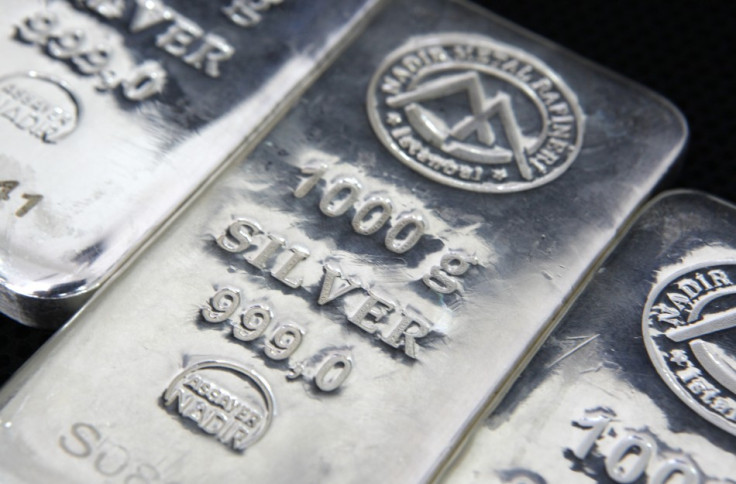Commodities round-up: Dollar strength inspires another precious metals slide
Gold, silver benchmarks drop further, while oil futures retreat from recent highs on profit-taking.

Gold and silver futures dragged the precious market lower on Wednesday (12 October) as the dollar continued to strengthen, while oil benchmarks fell back into negative territory after traders cashed in on the recent spike in crude prices.
At 4:01pm BST, Comex gold futures contract for December delivery was down 0.16% or $2.00 to $1,253.90 an ounce, while Comex silver was down 0.11% or ¢2 to $17.49 with both precious metal poster contracts feeling the heat from a stronger dollar.
Fawad Razaqzada, market analyst at Forex.com, said compared to the previous trading week – when both gold and silver took a big plunge – precious metals have been a bit more stable for the current week.
"After that vicious drop, bearish speculators have apparently eased off the gas a little. They have probably used this US data-void first half of the week as an excuse to book some profit on their short positions, and who would blame them given that both metals have tested their technically-important 200-day moving averages?"
However, Razaqzada warned gold and silver sell-off may not be over just yet and the pressure could increase further if market participants grow more confident in foreseeing a rate rise in the US before the year is out.
"These dollar-denominated and non-interest-bearing assets tend to weaken when yields and the dollar are both rising. As yields and the dollar are still rising – evidenced by the EUR/USD dipping near the 1.10 handle intraday – precious metals could fall further in the coming days."
Opinion remains divided whether silver, up 39% this far into 2016, can sustain its momentum after the recent sell-off, with a shift in market mood from moderate buying to selling pressure. David Buik, market commentator at Panmure Gordon, said individual investors should be prudent in trying their hand at buying silver as the change in mood points to more weakness.
"This may well change; but unlike gold, private investors should view silver as a specialist metal, given its many industrial uses. Trading it would require factoring in other variables you do not need to when attempting your hand at gold.

"The logic in case of the latter is clear cut – in the current macroeconomic climate a 10-15% portfolio allocation in favour of gold could constitute a decent safe haven insurance, even if it doesn't yield an income."
Away from the precious metals market, oil futures headed lower after traders looked to cash-in positions following Saudi-Russian soundbites at the World Energy Congress in Istanbul where both leading crude producers reiterated their commitment towards an oil production freeze.
Addressing the World Energy Congress in Istanbul, on Monday (10 October), Russian President Vladimir Putin said: "Russia is ready to join in joint measures to limit output and calls on other oil exporters to do the same. In the current situation, we think that a freeze or even a cut in oil production is probably the only proper decision to preserve stability in the global energy market.
Conflicting comments coming out of Russia
"We support Opec's recent initiative to cap output and think that at the Opec meeting in November this idea will materialise in a specific agreement, giving a positive signal to the markets and investors."
At 4:33pm BST, the Brent front month futures contract was down 1.13% or ¢59 at $51.82 per barrel, while the West Texas Intermediate was 1.44% or ¢73 lower at $50.06 per barrel.
Analysts at Vienna-based JBC Energy said: "Some of current initial downside may have been due to conflicting comments out of Russia regarding individual companies' willingness to participate in producer action, while later in the day, comments by Opec's Secretary General Mohammed Sanusi Barkindo said that members' action would initially be limited to six months and then reviewed, hinted at the group being particularly worried about oversupply in the first half of 2017."
With tacit support from Russia, Opec agreed to limit its production to a range of 32.5m to 33m barrels per day (bpd) on 28 September, but will only spell out the nature of the cuts on 30 November at its next meeting.
© Copyright IBTimes 2025. All rights reserved.






















